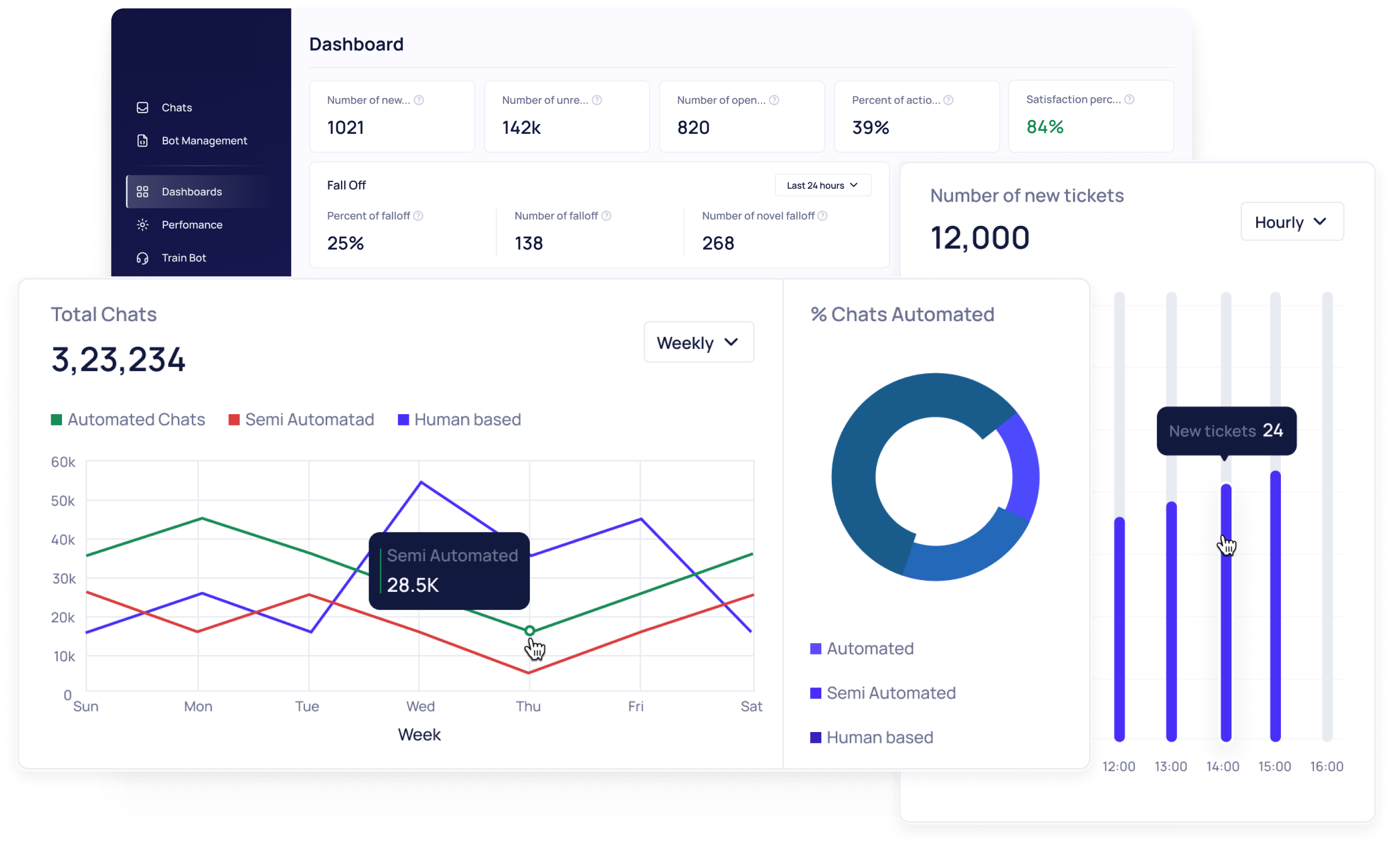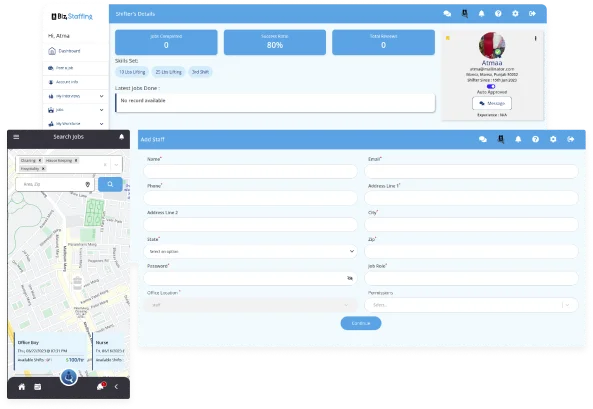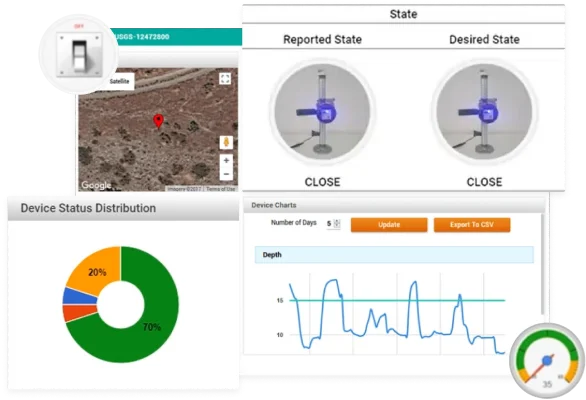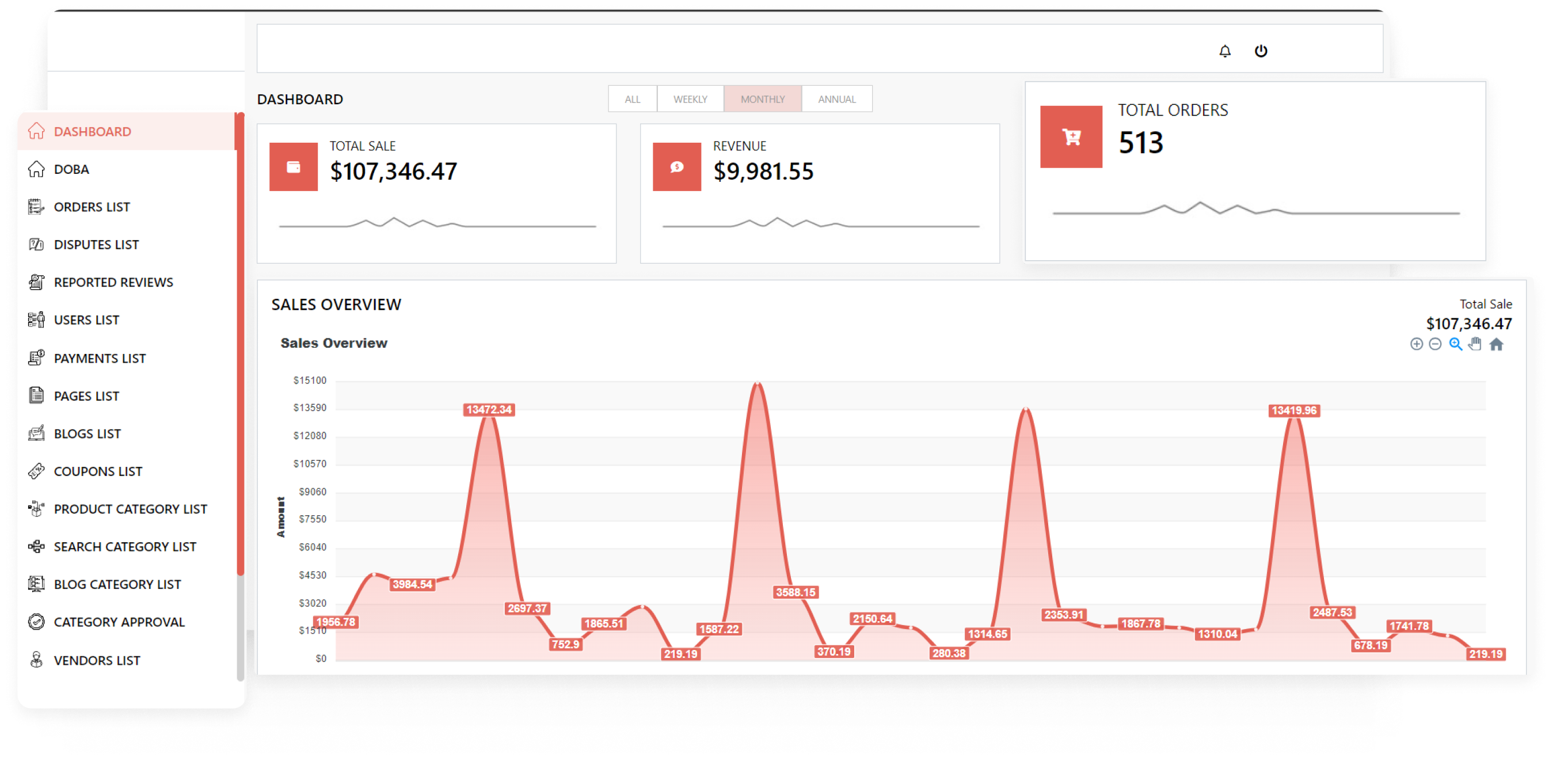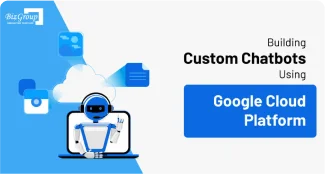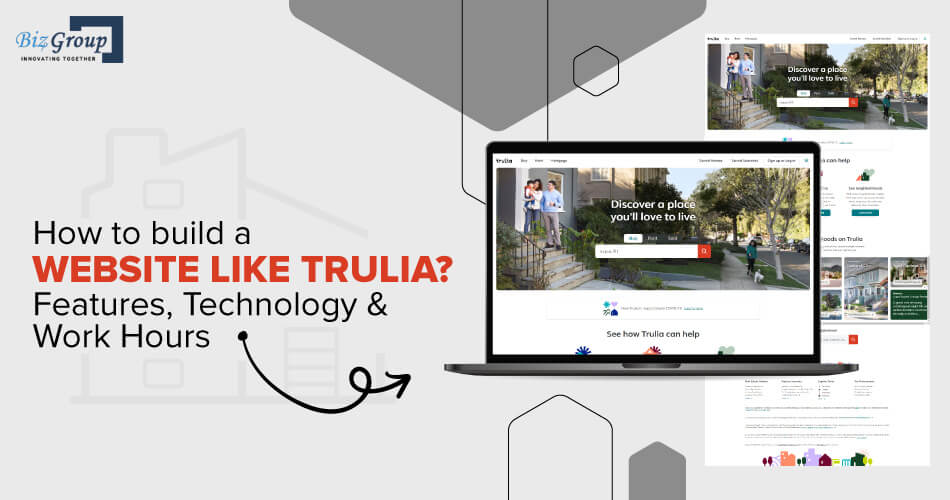How to Build a Website like Trulia? Features, Technology & Work Hours
According to the National Association of REALTORS® Profile of Home Buyers and Sellers, 52% of buyers found the home they purchased on the internet. Real estate websites are visited more than 120 million times each month, with dominant players like Trulia racking up 23 million unique visitors monthly. Over 90 percent of real estate firms have websites, according to the National Association of Realtors (NAR).
A website will be the perfect medium for consumers to browse to several property listings, based on the desired features, without physically visiting the location. Brokers/ agents/property owners listed on the app can be easily contacted for additional information or to book an appointment to visit the space.
This article will outline how to build a real estate website like Trulia, focusing on the features and costs involved in the same.
Trulia- A Real Estate Marketplace
Trulia is one of the biggest names in the US real estate sector. It is an online real estate marketplace that gives the customers relevant information on homes for sale, apartments for rent, neighborhood insights, and real estate market trends. The website lists properties, homeowners who want to sell their homes directly, as well as agents that can help customers strike a deal.
The most popular feature amongst the customer base at Trulia is its vast depiction of knowledge of a particular neighborhood. Users can view the property plotted on a map showing neighborhood area crime rates, places to shop, places to eat, educational and financial institutions, and much more! Users can also avail the "save home" option to compile a wishlist of desired home listings for an easier decision-making experience.
Why Should You Create a Real Estate Website like Trulia?
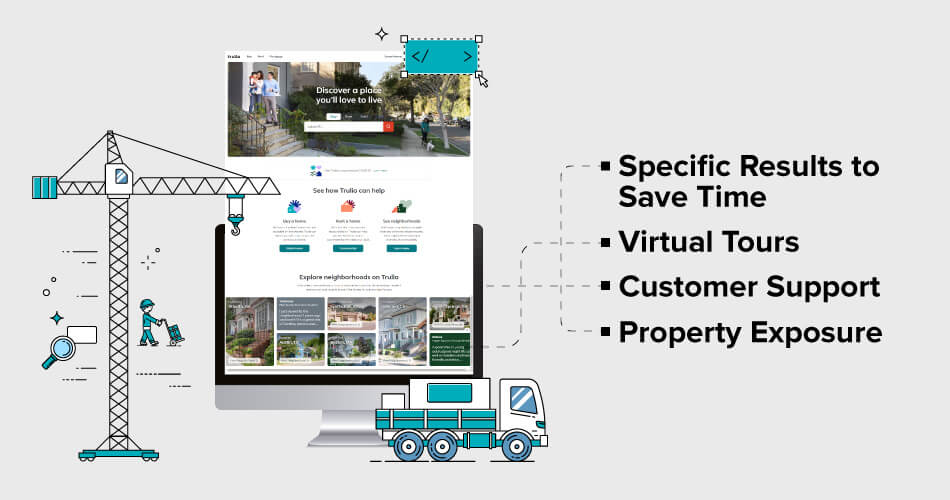
Real estate websites add value for both potential buyers and sellers. Buyers can preview hundreds of properties anytime and from the comfort of their homes. Home sellers also gain the added exposure of hundreds of shoppers in the market to buy a new home.
#1 Specific Results to save Time: A website allows potential buyers to filter properties based on their personal requirements. Buyers can also filter properties based on facilities such as schools, hospitals, shopping malls, religious organizations, etc. This can help in quick decision-making since consumers will only look up for properties that fit their requirements. This is also a boon to brokers/property dealers, who will save time in just dealing with shortlisted options from the consumer's end.
#2 Virtual tours: Before physically visiting the location, a website can depict the images of the property and surrounding areas, thereby helping consumers decide whether or not to visit the property on-site and eventually invest in the same. This will also save their time of visiting a location that does not stand up to their expectations.
#3 Customer Support: A real estate website can include a chatbot to answer customer queries as and when they have a doubt regarding the property. This feature will ensure that consumers do not waste time waiting on the phone lines while trying to contact the brokers for simple queries. In addition, timely customer support also increases the company's credibility among the customers, adding up to your brand loyalty.
#4 Property Exposure: Properties listed on the website will always obtain a wider audience reach than word of mouth. The consumer will also be provided with a host of choices, all from a single dashboard. The feedback given for every listing/ agent/ broker enlisted on the website will provide added insight to the customer's decision-making process.
Technologies to Develop a Real Estate Website
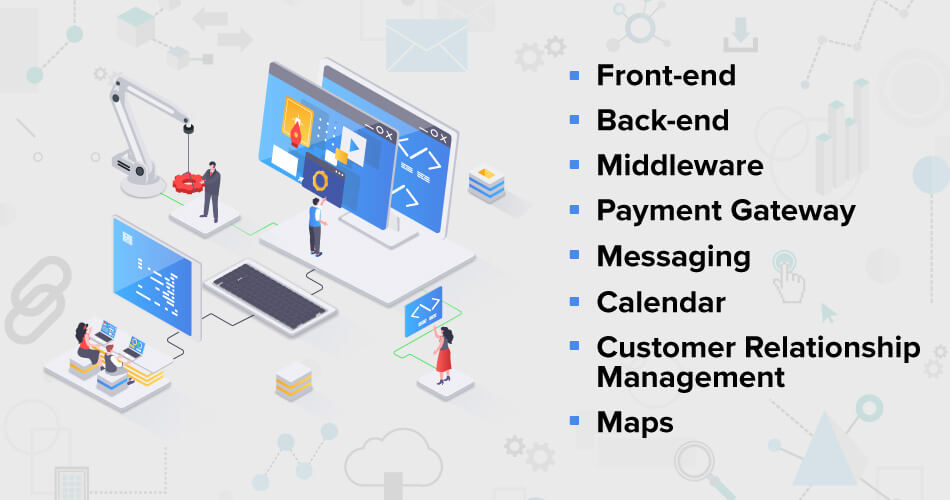
A real estate website like Trulia is comprised of the following technologies:
Front-end: JavaScript, HTML5, CSS
Database: MySQL/PostgreSQL, MongoDB
Back-end: Python flask/WSGI based, Node.js.
Payment Gateway: PayPal, Braintree, Stripe.
Messaging: Twilio, Layer, Pubnub
Calendar: Google Calendar API, Microsoft calendar API
Customer Relationship Management: A tool to automatically manage interactions with clients. Trulia has its own CRM system-The Premier Agent App. Other popular CRM tools include Propertybase, Rethink CRM, and Pipedrive.
Maps: Google Maps API
Features Important for the Website Development
The website will have three dashboards- one for the property buyer, one for the property seller/ homeowner/ agent, and one for the admin.
Buyer Dashboard:
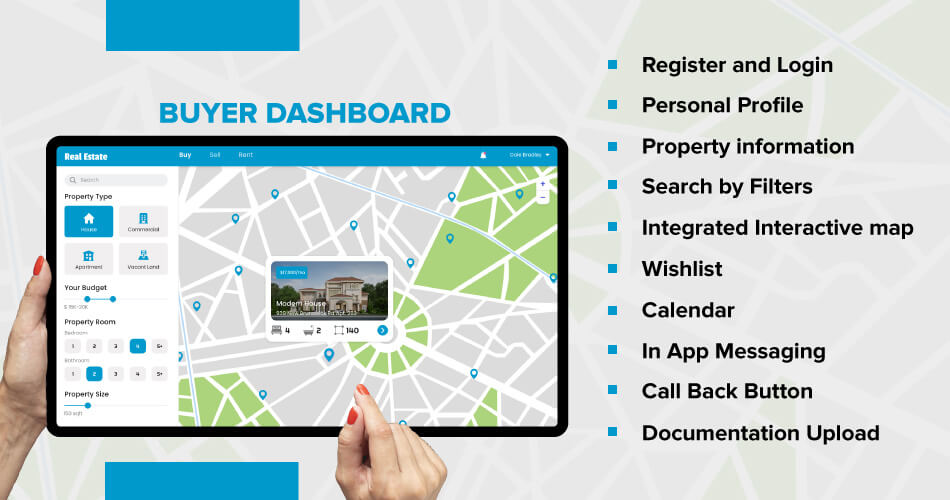
Register and Login: New users need to register to use the website. Once registered, the users can log in to check out properties for sale.
Personal Profile: Users can edit their profile with the information they wish to share with other users
Property information: On clicking on a particular property, information like its year of construction, floor plan, furnishing, room plan, etc., should be displayed.
Search by Filters: Buyers should be able to apply various filters to view listings as per their requirements.
Integrated Interactive map: Maps can help customers find properties around them. This will also give buyers an overview of facilities like public transport, schools, religious institutions, etc.
Wishlist: Buyers can add properties that they find suitable to their "wishlist" to check them out later and narrow down their top choices.
Calendar: Consumers can view the dates available for setting up meetings with the agents as well as possible dates for on-site property visits. A calendar will help them schedule these meetings depending on the free time slot of the property owner and/or broker.
In-App Messaging: The buyer and the property lister can communicate via integrated text messaging interface
Call Back Button: This will notify the seller that the buyer wants to communicate via call.
Documentation Upload: Buyers can scan and upload all their identification documents for record-keeping on the app itself. These documents will then be readily available wherever an agent wants to cross verify a buyer's identity.
Property Owners/ Real Estate Agent Dashboard:
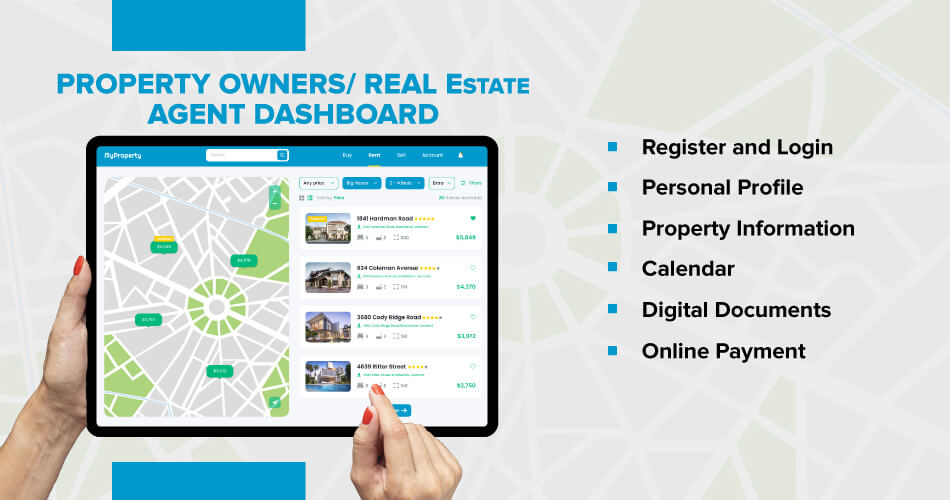
Register and Login: New users need to register to use the website. Once registered, the users can log in to upload properties for sale.
Personal Profile: Users can edit their profiles and add information that will be displayed to the buyers.
Property information: On clicking a particular listing, information about the property like its year of construction, floor plan, furnishing, room plan, etc., can be added and edited. Images and Videos of the property can also be uploaded. Calendar: Agents can block their calendar for a meeting with an interested party.
Digital documents: Sellers can upload documents relevant to the property like contracts, building information, etc. They can also view documents uploaded by the buyers.
Online payment: To reach a particular group of buyers or to upload many properties for sale- the seller usually has to pay a certain amount. This can be facilitated via the payment gateway integrated within the website
Admin Dashboard:
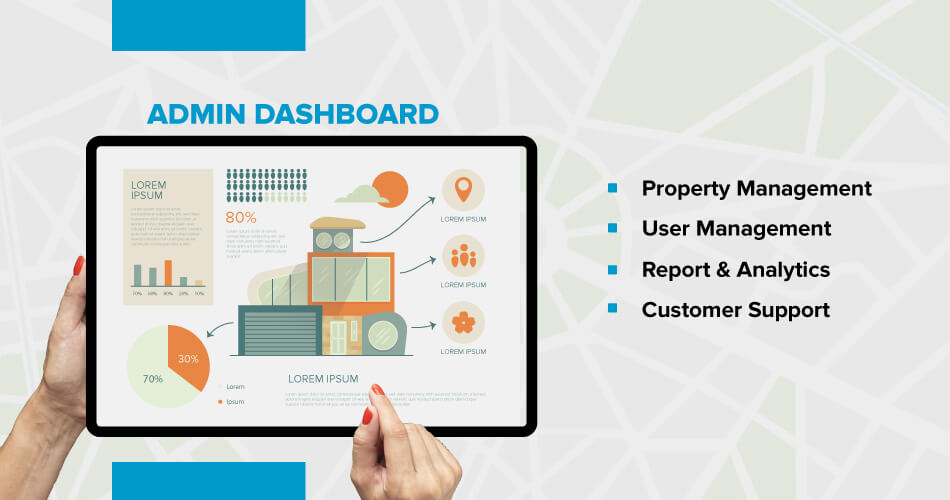
Property management: To keep listings up to date, update details of new properties and remove those that are booked/ out of the market.
User management:: Blacklist brokers or tenants in case of issues like supplying fraudulent/ misleading information or violating the terms and conditions of the app.
Report and Analytics: To keep track of sales acquired by the website on a timely basis.
Customer support: To answer the queries posted by the buyers and sellers round the clock. This can also be an automated chatbot that will forward complex queries to the admin/property owner/broker.
Pro-tips:
-
In the US, Multiple Listing Services (MLSs) are technologically supported by the National Association of REALTORS® (NAR). This body ensures the interoperability of data between MLS systems. As of 2020, there were 597+ MLSs in the US. Brokers that participate in an MLS agree to share their listings with other MLS participants.
-
MLSs allow real estate portals like Trulia to publish MLS listings on their websites. This data is shared with participating brokers or software technology partners through their own web APIs. Trulia gets access to local MLSs by negotiating data sharing and syndication agreements.
-
In the US, public property details should comply with rules established by the NAR and must adhere to the IDX (Internet Data Exchange) policy. To enable data exchange between an MLS database and the real estate website, you need to integrate IDX.
-
IDX is a set of standards, rules, and technologies that track real estate data as it moves from an MLS to your website. IDX moderates how your website accesses MLS data and how it's publicly displayed.
-
Depending on the MLS that your website pulls the data from, your platform can get listings through different methods, including iFrame, FTP, and RETS. Recently, the most popular method is the RESO Web API. However, there are third-party services that also provide APIs for this task. For instance, SimplyRets, ATTOM Property API, and Mashvisor API.
Cost of Building a Website Like Trulia
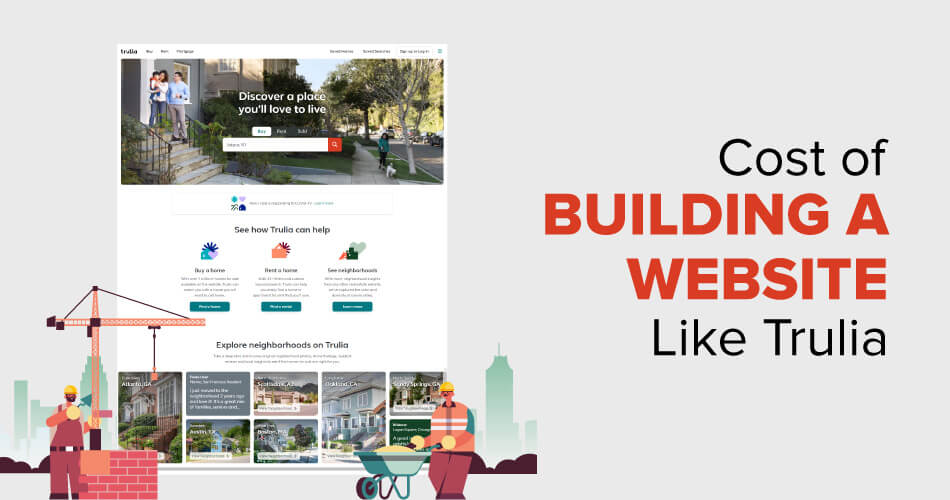
Depending on whether you opt for a Minimum Viable Product (MVP) or a full-fledged development approach, the cost and working hours for building a real estate website can vary. An MVP focuses on building only the most important features. Once the MVP is released into the market, customer feedback is analyzed on the product, and changes are made accordingly. In case of full-fledged development, all the website's functionalities are first built, and then the final product is released in the market. Here is a breakdown of the cost and working hours involved in developing the functionalities for an MVP website (front end and back end):
| FEATURE | TIMELINE |
|---|---|
| Architecture/DB | 56 hours |
| Design | 250 Hours |
| Home page | 48-56 hours |
| User Profile/Account Creation | 35 hours |
| Login (Social login, Google Sign-in), Restore password | 24-30 hours |
| Search Results with Images/ Videos | 32-45 hours |
| Search filter | 32-40 hours |
| Map for search results (to display location of property and basic details of surrounding area) | 24 -30 hours |
| Deployment | 40 hours |
| Real Estate Agent interface | |
| Log In, Account Creation, Password recovery | 28 -30 hours |
| User / Customer Page Management (Dashboard to view user requests, upload property images) | 72-85 hours |
| Admin Panel | |
| Admin Login, Forgot Password | 4 hours |
| User Dashboard Management | 16-20 hours |
| Property Dashboard Management | 16-20 hours |
Estimating an hourly rate of $35, the cost of creating a real estate website (MVP) may go up to $25,000 to $40,000. To build a more advanced website with functionalities like AI chatbots, Maps with neighborhood details, etc., the cost can very well go from $50,000 to $100,000.
Final Thoughts
A responsive and easy-to-navigate website can make or break the brand's visibility in the market. The number of buyers who use the internet to look for potential properties is constantly increasing. A responsive website will ensure that your users have a seamless experience on both desktops as well as smartphones.
Looking to kickstart your journey in building a website customized for your target audience's needs?Biz4Group can help transform your business idea into a fully functional web app. Reach out to us today to fix a free consultation session with our experts!!
 info@biz4group.com
info@biz4group.com 

















